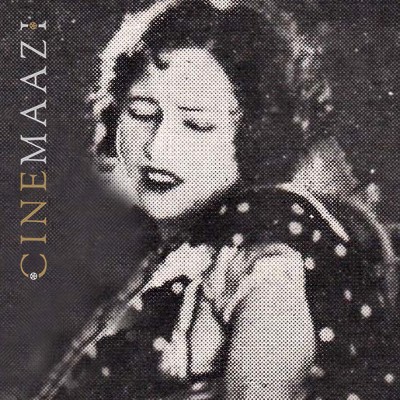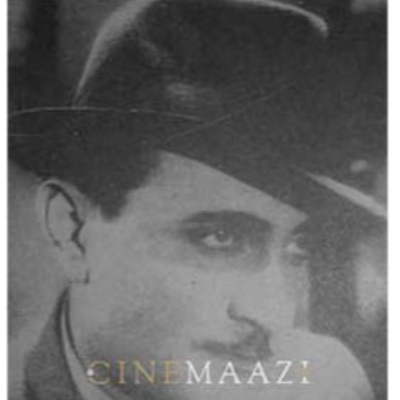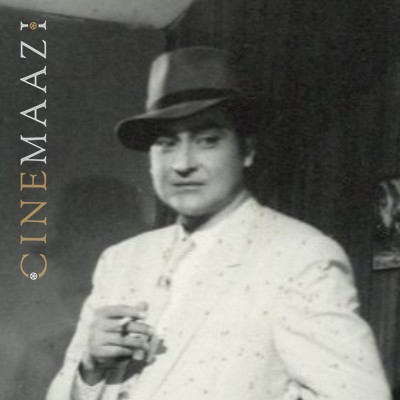G G Mayekar
Subscribe to read full article
This section is for paid subscribers only. Our subscription is only $37/- for one full year.
You get unlimited access to all paid section and features on the website with this subscription.
Not ready for a full subscription?
You can access this article for $2 , and have it saved to your account for one year.
- Born: 1919 (Maharashtra)
- Primary Cinema: Hindi
G.G. Mayekar was born in 1919 in Maharashtra. He started his career as an editor with Bhalji Pendharkar’s Sunbai (1942), a Marathi social drama. His early effort Barsaat (1949) was an important step in his career as it started his long collaboration with Raj Kapoor and his banner R.K. Films. He then edited A.R. Kardar’s melodramatic tragedies Dillagi (1949), Dulari (1949) and Dastaan (1950). Following the success of Barsaat (1949), Raj Kapoor re-assembled his talented team of technicians for his magnum opus Awara (1951) and G.G. Mayekar was chosen to be the editor. The film went on to become a classic of Hindi cinema for its breathtaking montages and hypnotic scenes, the most striking being the grand dream sequence. It was Mayekar’s deft editing that really turned the sequence into a memorable one. He understood the dynamics of Raj Kapoor’s charisma on screen and through his subtle transitions in songs like Pyar hua iqraar hua and meticulous cuts in Mud mud ke na dekh, he was instrumental in creating the innocent persona of ‘Raju’.
Awara (1951), Ashiana (1952), Aah (1953) and Shree 420 (1955) are some significant examples to understand how Mayekar’s editing translated Nargis and Raj Kapoor’s chemistry onto the screen. Mayekar’s impeccable sense of timing has given Hindi cinema some of its most memorable melodramatic moments. His method of cutting monologues brought more realism to the scenes, as was evident in Raj Kapoor's lengthy monologues in films like Shree 420 (1955) and Jis Desh Mein Ganga Behti Hai (1962); Mayekar won Filmfare awards for editing both these films.
Boot Polish (1954), Basant Bahar (1957), Sohni Mahiwal (1958), Masoom (1960), Aarti (1962), Raat Aur Din (1967) and Saraswatichandra (1968) are some other of his other notable works. He also edited Marathi films like Chhota Jawan (1963) and Bai Mothi (1968).
With Basu Bhattacharya’s oeuvre, including acclaimed films like Teesri Kasam (1966), Sara Akash (1969) and Rajnigandha (1972), Mayekar expanded his skill at bringing out the naturalism the scripts demanded.
Filmmaking is a subjective process – a thought goes through the prism of several visions before it is captured on film. Each artiste holds their own view of an ideal shot and thus, it becomes the responsibility of an editor to make sense of multiple subjectivities and give it the required shape. As an editor, G.G. Mayekar created that bridge of communication to effectively reach out to the audience time and again.











.jpg)



